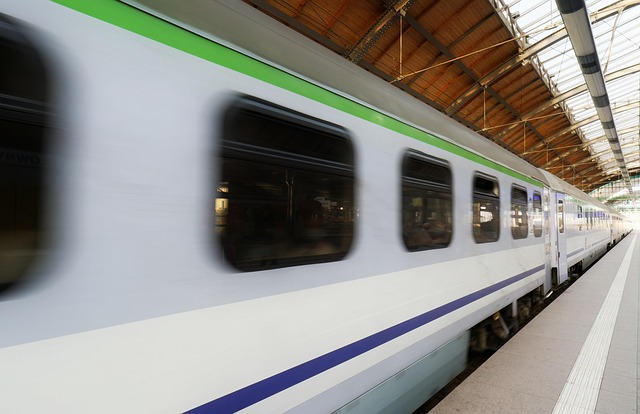Navigating Extreme Weather: How Public Transport is Adapting to Climate Change and Protecting the Environment
In recent years, extreme weather conditions, a result of our rapidly changing climate, have been dramatically impacting daily life across the globe. As sea levels rise and powerful storms become the norm rather than the exception, public transport systems find themselves at the forefront of adapting to these changes. These systems must not only withstand the harsh elements but also play a pivotal role in reducing humanity’s environmental footprint.
Making Public Transport Resilient Against Extremes
With soaring temperatures and unpredictable weather patterns becoming increasingly common, public transport systems are being reengineered to handle these challenges. Infrastructure is evolving, with new technologies ensuring that buses, trams, and subway systems can withstand intense heat, heavy rainfall, and freezing conditions. Some metro systems, for instance, are incorporating climate-resistant features that include heat-repellent tracks and water-impermeable stations, ensuring functionality during adverse weather conditions.
Reducing Carbon Emissions Through Innovation
Beyond adapting to climate change, public transport holds the potential to significantly reduce our environmental footprint. Many urban areas are adopting electric buses and trains that emit minimal greenhouse gases. Furthermore, investments in shared mobility services, like ride-sharing, are encouraging more people to opt for communal transportation rather than personal vehicles. These efforts contribute to decreased congestion and pollution levels, providing a tangible benefit to the environment.
Harnessing Technology to Combat Climate Change
Technological advancements are playing a crucial role in transforming public transport into a sustainable alternative. Smart sensors and AI-driven analytics are optimizing route efficiency, while real-time data assists in pinpointing areas where services can be enhanced. By maximizing efficiency and minimizing congestion, these innovations not only reduce delays but also cut down on unnecessary emissions.
Community Engagement in Public Transport Planning
Adapting public transport in the age of climate change is not solely the responsibility of transportation agencies. Community engagement is vital in creating systems that are both effective and environmentally friendly. Public consultation sessions and participatory planning processes provide the public with a platform to express their needs and concerns, shaping services that are both inclusively designed and more likely to be embraced by residents. This cooperative approach ensures that services are tailored to the specific needs of the community, encouraging wider use and supporting the environment.
Public Transport as a Solution for a Sustainable Future
As we continue to witness the unfolding impacts of climate change, the role of public transport becomes increasingly crucial. By investing in resilient and environmentally friendly transport solutions, cities can diminish their carbon footprints while providing reliable services despite extreme weather occurrences. Through innovation and community partnerships, public transport is poised to be a driving force in navigating the challenges posed by our changing environment.




